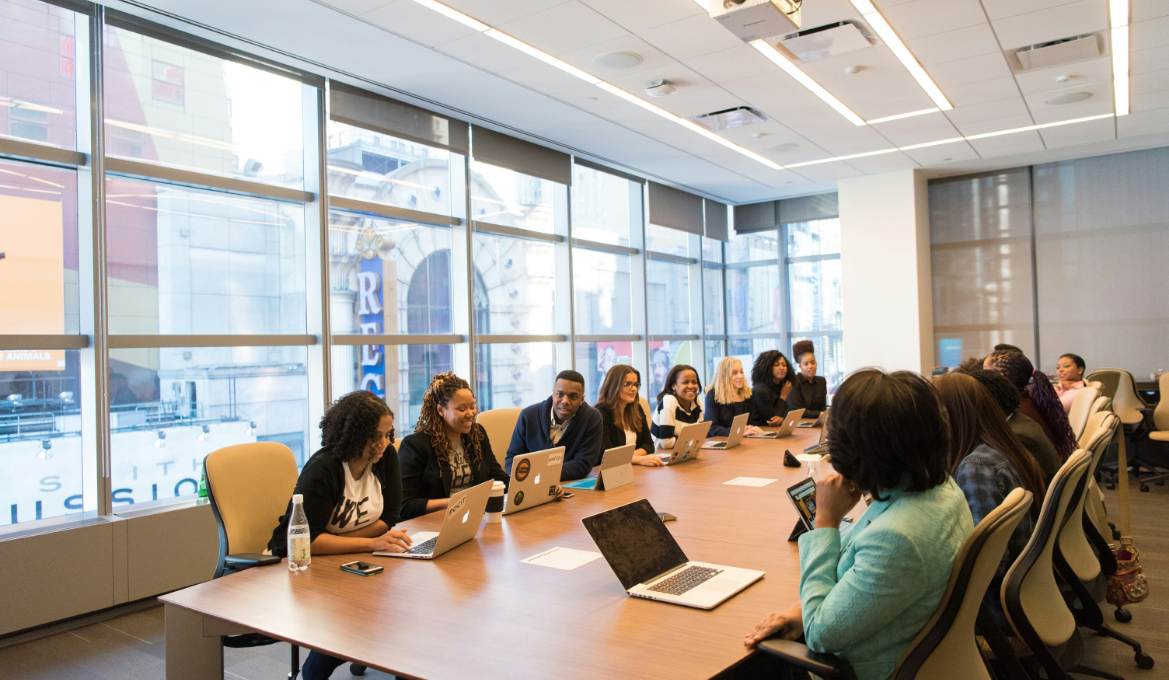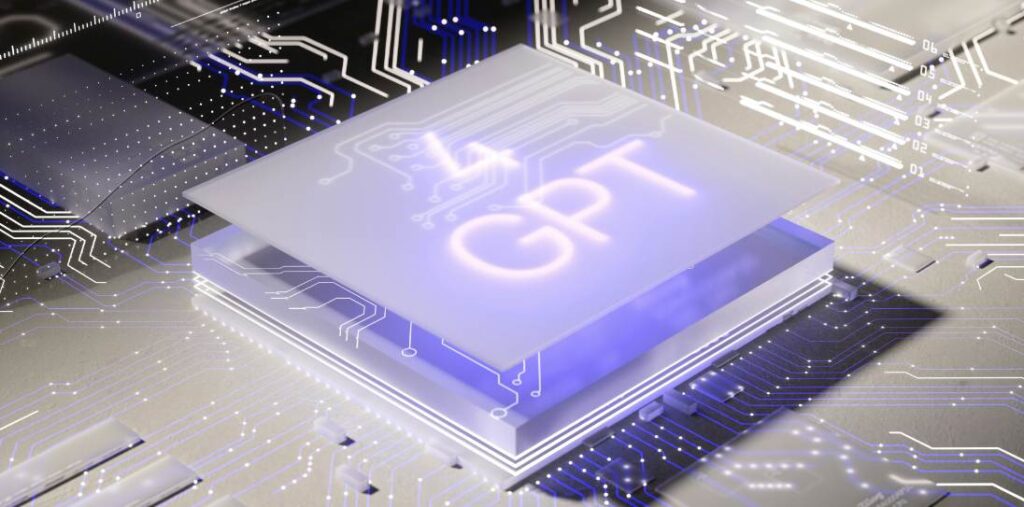In the rapidly evolving landscape of technology, artificial intelligence (AI) is at the forefront of innovations that are reshaping industries. AI automations, AI agents, and agentic workflows are driving the transformation of traditional work processes, leading us toward an era where full work automation is possible. This article will examine these themes through various lenses—definitions, trends, applications, and future potential—focusing on advancements like the Auto-Works Platform, AI voice assistants, large AI models, and multimodal AI agents.
AI automations refer to the implementation of AI technologies to enhance or replace repetitive tasks, improving efficiency and effectiveness within organizations. Among the most visible forms of this technology are AI agents. These agents operate autonomously to execute tasks using AI-driven algorithms, often designed to learn from the data they process.
.
Agentic workflows stand as a middle ground between fully automated systems and human-driven work environments, relying on the collaboration of humans and AI agents. In development, these workflows integrate AI capabilities into existing processes, thus empowering workers with intelligent tools designed for optimal performance.
.
Full work automation is an ambitious vision in which entire jobs or functions are performed without human intervention. This might include areas such as data analysis, report generation, customer interactions, and more. The rise of platforms designed specifically for such automation, like the Auto-Works Platform, illustrates the growing interest in completely overhauling how work is conducted.
.
At the heart of many of these advancements lies the emergence of AI voice assistants. These AI-powered tools, such as Amazon Alexa or Google Assistant, have changed how individuals and organizations interact with technology. By providing a voice-mediated layer of interaction, these assistants can help automate scheduling, data retrieval, and communication, increasing overall productivity.
.
AI large models, such as OpenAI’s GPT-3 and Google’s Longformer, represent a significant leap in AI capabilities. These models, characterized by millions to billions of parameters, can process vast amounts of information and generate human-like text with incredible context awareness. Their use in various applications is transforming sectors like healthcare, finance, and education, among others.
.
One crucial development trend is the rise of multimodal AI agents. Unlike traditional AI systems limited to text or speech, multimodal agents are designed to interpret and respond to various inputs—text, speech, and even visual data. This capability allows for more nuanced interactions with technology, paving the way for rich, human-like exchanges in diverse applications such as virtual reality, customer service, and remote learning.
.
As organizations seek to harness the power of these technologies, tools such as KNIME—a platform for data analysis and automation—are becoming essential. KNIME enables users to integrate various AI technologies and approach data processing in a visual-oriented manner. It allows analysts to build workflows that can directly utilize the power of large models and facilitate agentic interactions.
.
The value of these technologies is immense. They not only enhance productivity but also help reduce operational costs, improve accuracy, and enable organizations to make data-driven decisions more efficiently. For example, in the healthcare sector, AI agents are now being used to assist in patient diagnostics, analysis of medical records, and personalized treatment recommendations. This adjustment not only streamlines workflows but also enhances patient outcomes.
.
Similarly, in finance, AI automations are being employed to detect fraudulent activities and automate compliance checks, allowing financial institutions to allocate resources more effectively. Industries like manufacturing and logistics are also leveraging these technologies to optimize supply chains, predict machinery failures, and enhance customer service through intelligent automation.
.
In terms of development trends, businesses are increasingly recognizing the necessity for AI integration in their workflows. Companies are investing heavily in research and development to create more sophisticated AI agents and enhance the ability to communicate through multimodal interactions. Some notable advancements include the development of AI models capable of understanding context and emotion in human language, which can be instrumental in customer service and brand engagement.
.
Looking ahead, the future of AI automations, AI agents, agentic workflows, and multimodal AI agents promises a greater level of integration and intelligence. As AI technologies continue to evolve, we can expect a surge in tools that enhance the efficiency of human work, as well as systems that can manage entire workflows with minimal human supervision.
.
Moreover, as companies adopt these technologies, we will see a shift in the roles of employees. Rather than simply performing repetitive tasks, workers will focus on higher-level decision-making and strategic planning. This will necessitate a rethinking of workforce skill sets, making adaptability, creativity, and emotional intelligence all the more crucial.
.
All things considered, the impact of AI on industries is undeniable. From automating mundane tasks to redefining complex workflows, AI technologies are making the dream of full work automation a reality. As the field evolves and new capabilities emerge, the potential for innovation and efficiency becomes limitless.
.
In conclusion, AI automations, AI agents, and multimodal interactions signify a paradigm shift in how work is conceived and conducted. Tools like the Auto-Works Platform and platforms like KNIME are creating opportunities for organizations to optimize their operations in unprecedented ways. As AI continues to develop, we are heading toward a future characterized by intelligent systems working alongside humans, enabling us to focus on what we do best while letting machines handle the rest.
.
The ongoing exploration of these technologies promises a more integrated, effective, and transformed working environment across industries. The convergence of AI, automatic workflows, and intensifying customer needs presents limitless opportunities for growth and improvement, laying a robust foundation for the future of work.



























